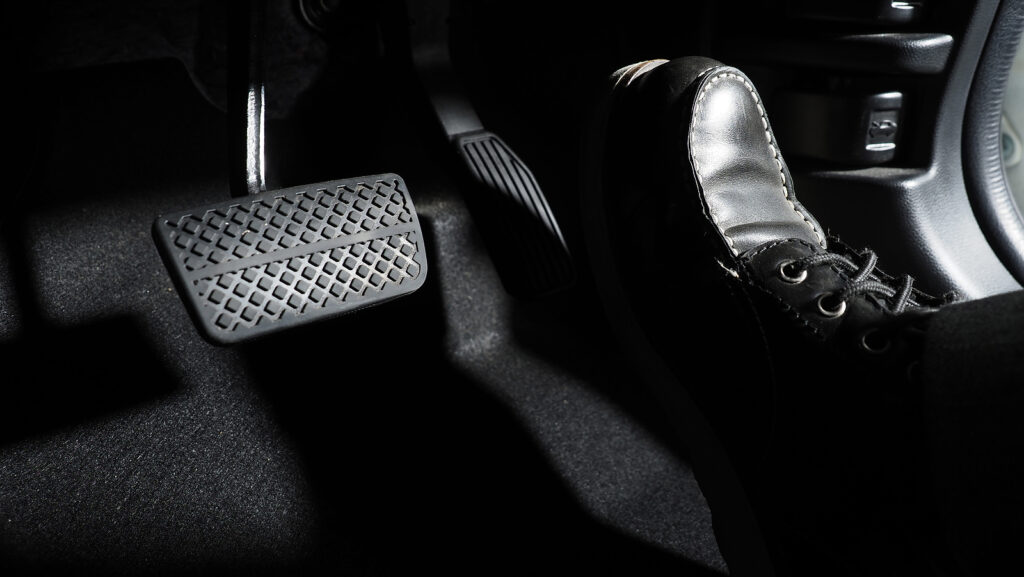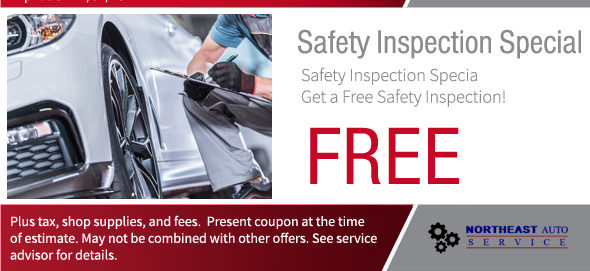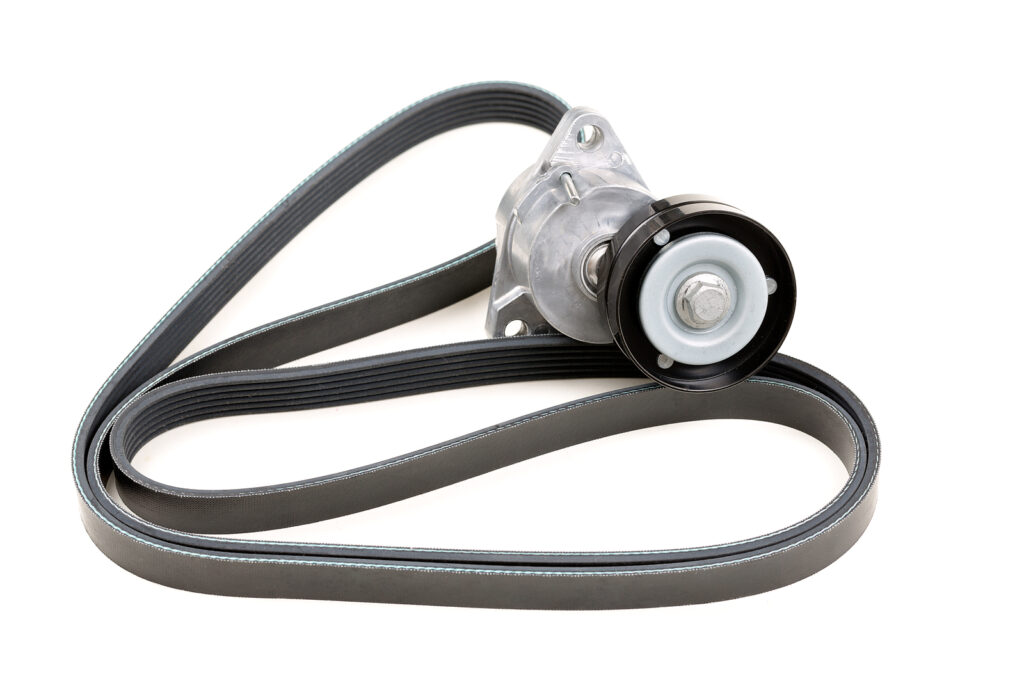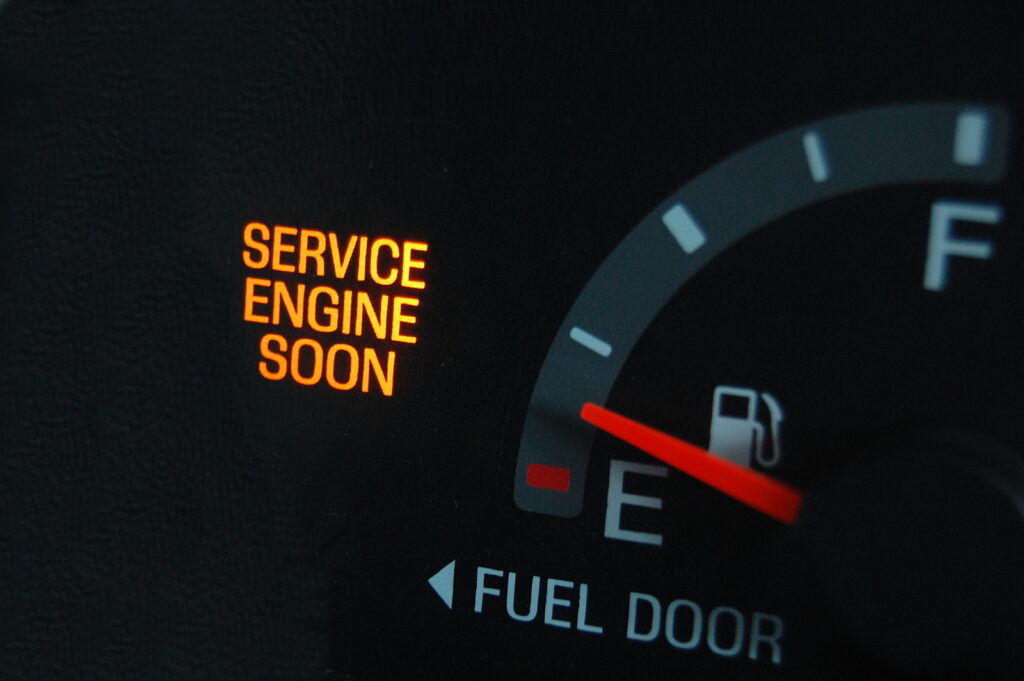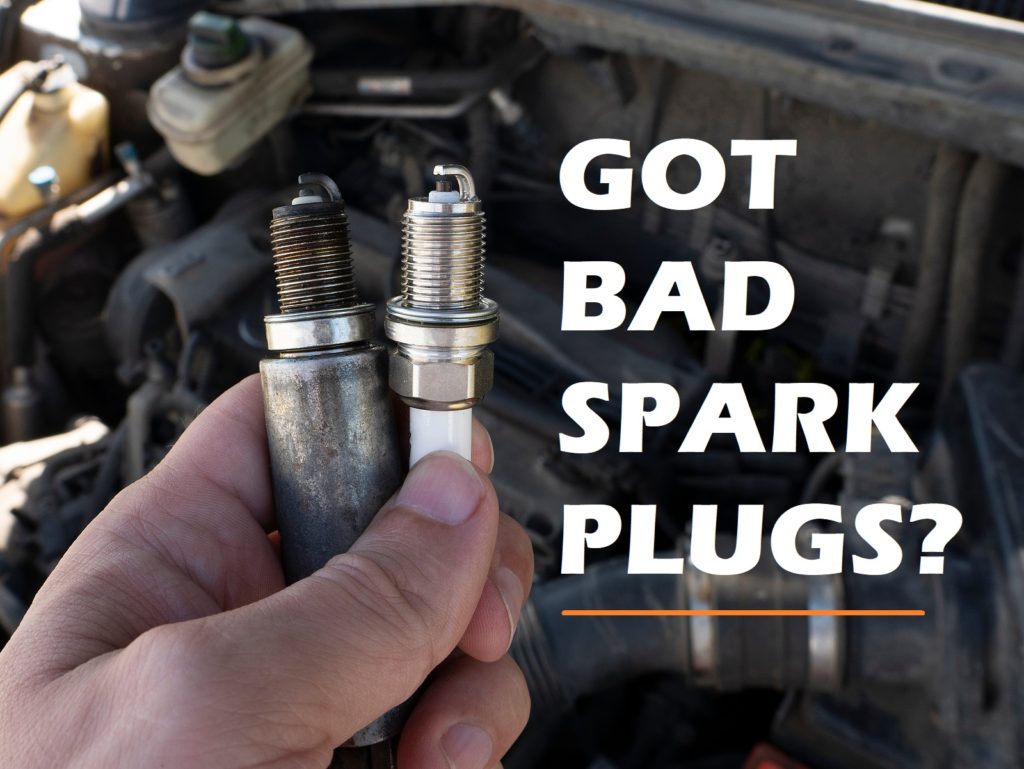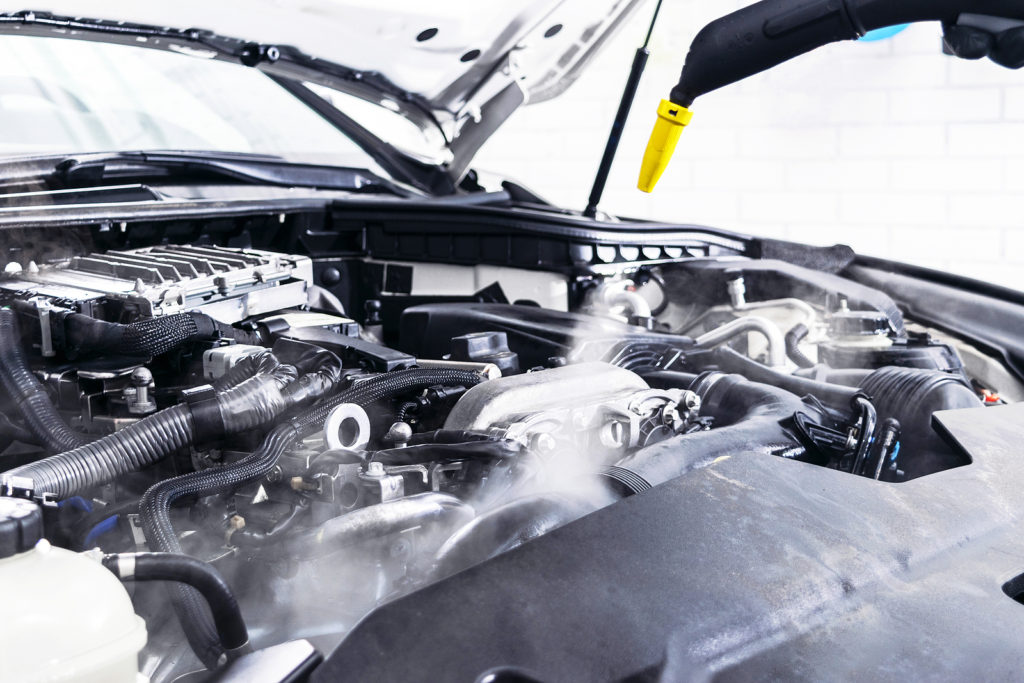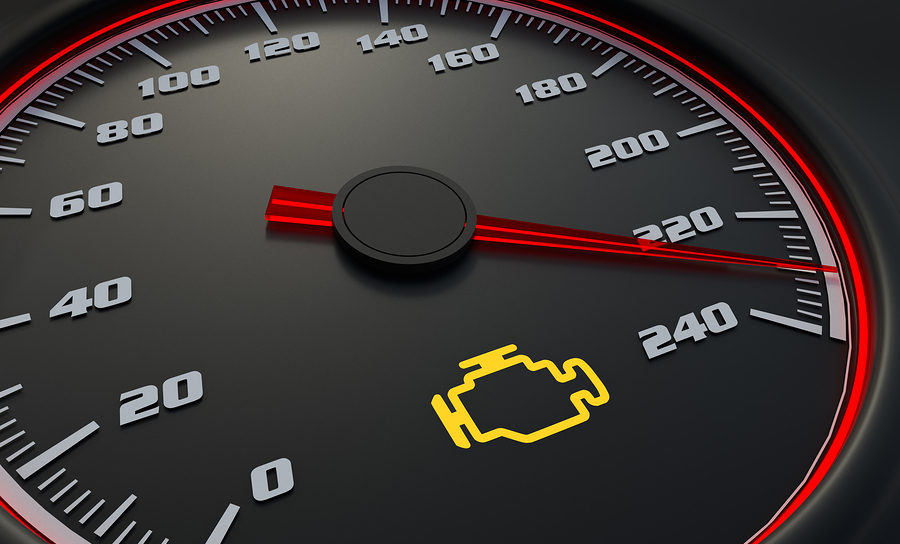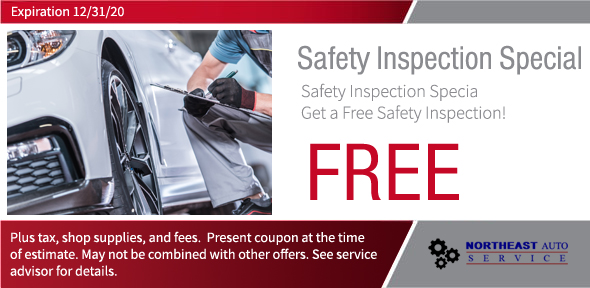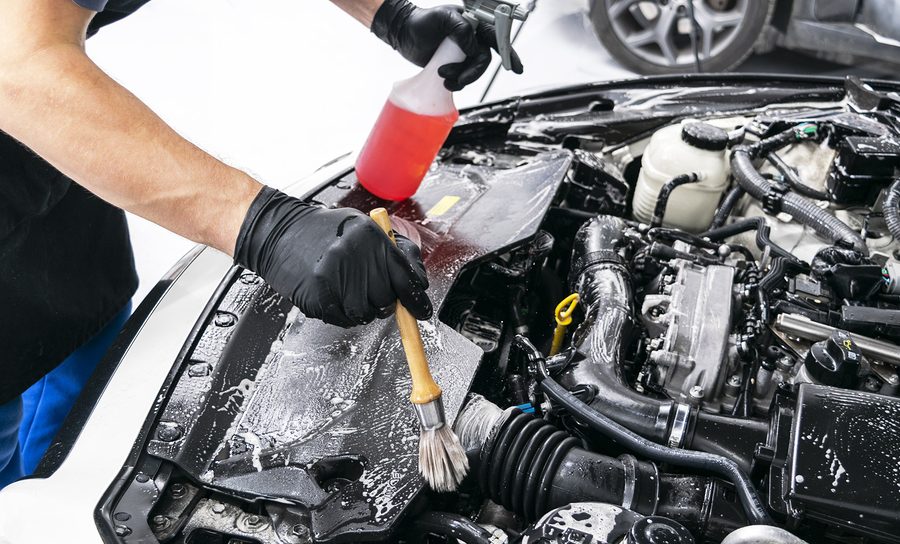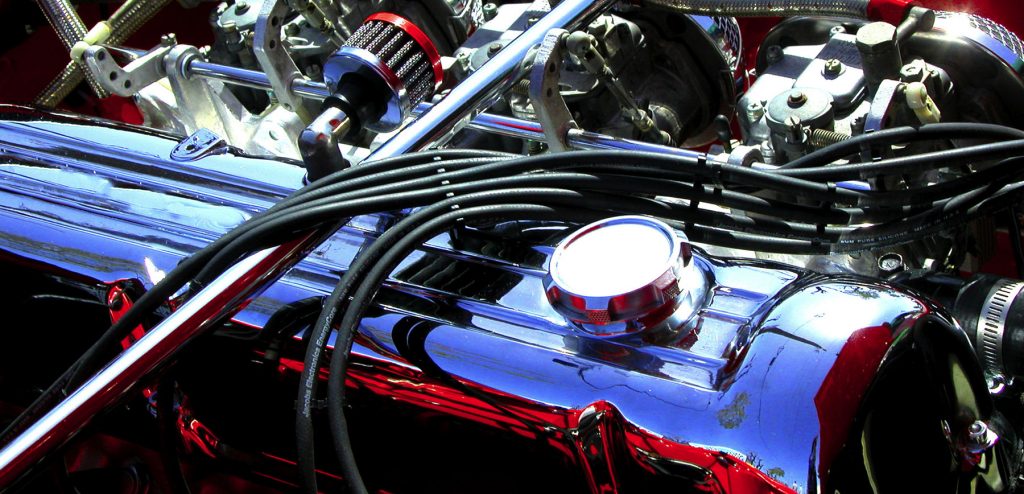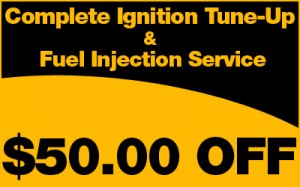Whether your check engine light is illuminated in yellow or red, it is trying to send you a message. Above all else, that message is to warn you. Many people want to know how long they can drive their cars with a check engine light on before it starts to do any major damage to the vehicle. The answer might surprise you.
Continue below to learn what you need to know about your check engine light, including why it came on, what happens if you ignore it, and how to get it diagnosed without breaking the bank.
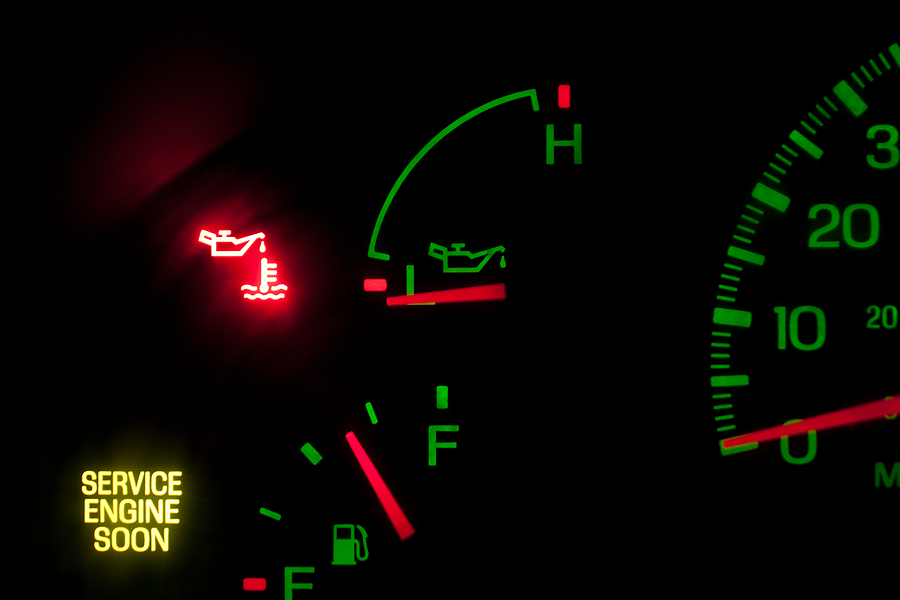
Check Engine Lights are Warning Indicators
Also known a Malfunctioning Indicator Lamp (MIL), you can trust that the name alone is telling you that something attention-necessary is happening within your vehicle. When the Check Engine Light comes on, it wants you to do just that: have the engine checked out. Some vehicles are designed for the dashboard icon to light up in a yellow color to indicate a less serious malfunction and a red color for more serious engine issues. Some vehicles only illuminate in one color, but flash or remain solid to distinguish between serious and not-so-serious problems.
Why the Check Engine Light Comes On
There are many reasons why your Check Engine Light popped on. You may have just filled up the gas tank and failed to twist your cap all the way back on. This is one of the most common, non-serious reasons why Check Engine Lights come on. However, it could be due to a longer, more complicated list of reasons, from defective spark plugs and overheating engines to engine misfires, catalytic converter malfunctions, failed sensors (O2, ECU, Mass Airflow (MAF), intake track, etc.), and more. It is necessary to have your Check Engine Light warning diagnosed by a licensed mechanic or using a code reader.
Consequences of Ignoring a Check Engine Light
The Check Engine Light warning indicator on your dashboard is the most important warning to address. You never want to ignore and illuminated Check Engine Light. The longer you ignore your Check Engine Light, the more damage you’ll do to your engine and inner automotive components.
Depending on the reason why your check engine light is on, the damages could result in a variety of consequences, such as fuel economy inefficiencies, engine misfires, backfiring, catalytic converter damage, engine overheating, increased harmful emissions, spark plug damage, and much more.
Overall, you do not want to drive around with an illuminated or flashing Check Engine Light, even if the problem is minor, like a loose air filter. You do not want to take the chance and risk adding more costly damages to your vehicle. Check Engine Light diagnostics are very affordable, so it is worth your while to get the issue examined sooner rather than later.
If your check engine light is currently illuminated in your vehicle, you are in the right place for affordable and dependable automotive service and repair. Contact Northeast Auto Service at 317-475-1846 to speak with a friendly mechanic about check engine light diagnostics in Indianapolis, or simply schedule service online.
Related Posts:
5 Reasons Why Your Car is Shaking
Frequently Asked Questions About Gas Caps
Why Did My Brake Warning Light Come On in My Car?

